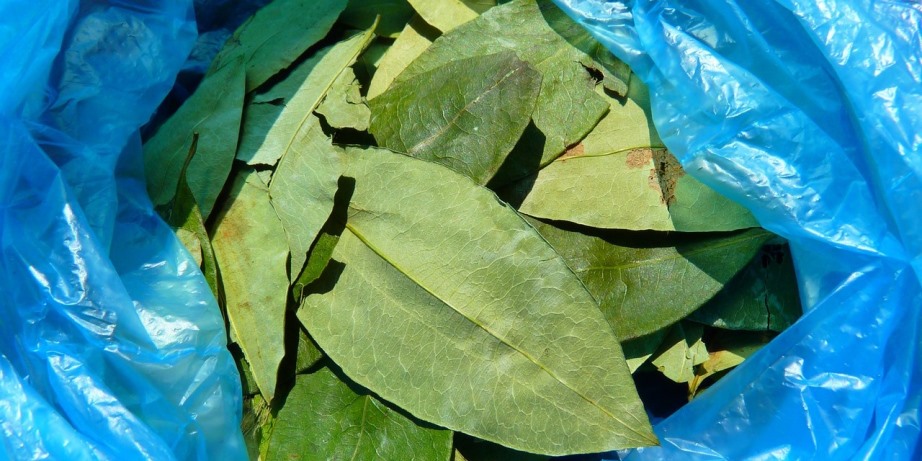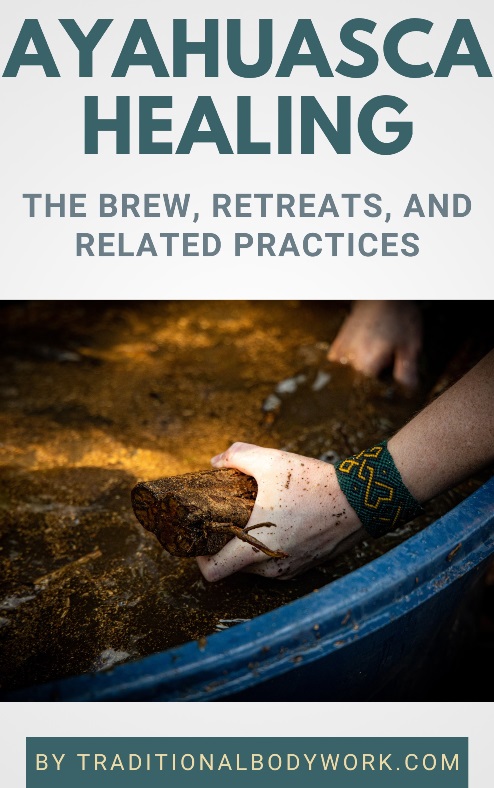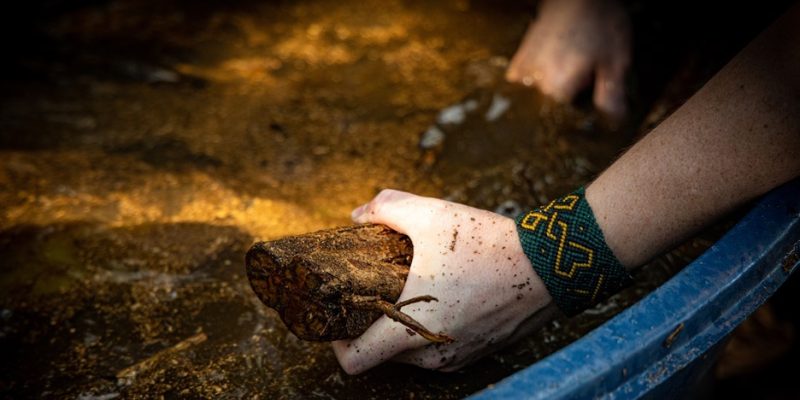
Mambe (or Ypadu) is a fine powder ground from toasted coca leaves (from the Erythroxylum coca plant family) that is mixed with the ashes of several other plants, often including either the ashes of the Yarumo pioneer tree (Cecropia) or the Quinoa plant.
To use Mambe, one or two small tablespoons of the green powder are placed into the mouth into the cheek pocket, where it tends to become a mass. One can chew it, yet shouldn’t first swallow it but hold it against the cheek where it mixes with saliva.

After it dissolves one can ingest it. The consumption of Mambe is sometimes preluded by taking Ambil tobacco paste — made from Mapacho — which causes the mouth to salivate.
Mambe is widely used throughout South America, but originates in the Amazon region. Traditionally, it’s consumed to endure long work days or heavy labour, such as cultivating and harvesting crops.
Today, Mambe is used by a broad variety of people who need to make long hours, such as drivers, students, researchers, workers in the tourist industry, and so on.
During plant medicine ceremonies, such as in Ayahuasca retreats, it may be used before the ceremonies to energize the participants and prepare them for a long night or session.
Apart from its use to ward off fatigue and to energize the user, there are several other benefits of taking Mambe. It contains nutritious proteins and vitamins, such as potassium, sodium, calcium, phosphorus, iron, vitamin A, E, B1, B2, B3 and vitamin C.
Additionally, Mambe eases communication, increases concentration, sharpens the senses, increases body heat, suppresses hunger, and reduces altitude sickness.














